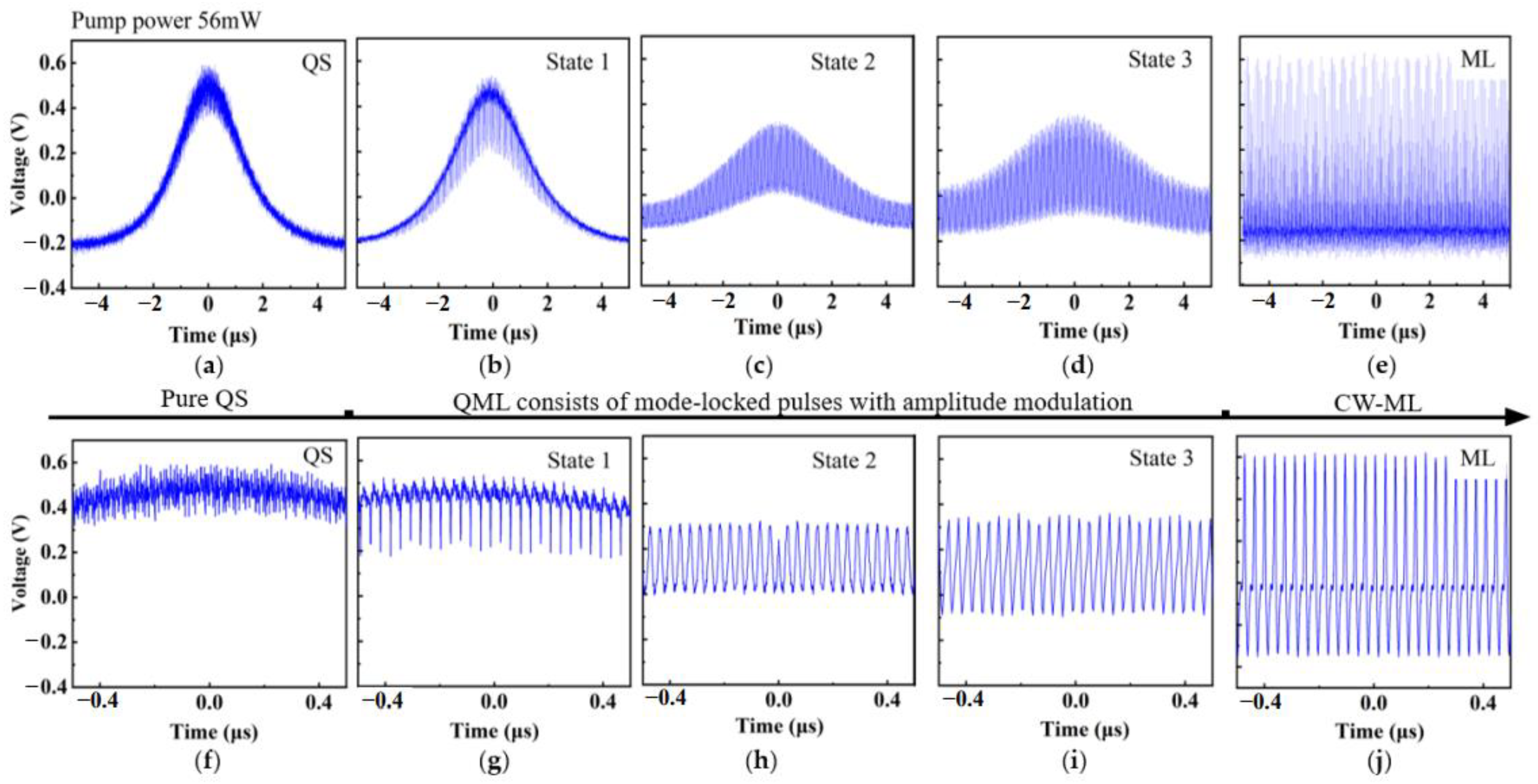Contents

Source: MDPI
Understanding Q-Switched Mode Locking in Lasers
Q-switched mode locking is an operational regime of a passively mode-locked laser where the intracavity pulse energy experiences significant oscillations due to a dynamic instability known as Q-switching instability. This phenomenon leads to the generation of bunches of ultrashort light pulses with varying pulse energies.
The Dynamics of Q-Switched Mode Locking
The laser dynamics in Q-switched mode locking can be analyzed using dynamic models. A criterion for stable mode locking can be derived based on the intracavity pulse energy, saturation energies of the gain medium and saturable absorber, and the modulation depth of the absorber.
Causes of Q-Switching Instabilities
Q-switching instabilities arise from the behavior of the saturable absorber, which reduces resonator losses at higher pulse energies, affecting the damping of relaxation oscillations. The stability of Q-switched mode locking varies depending on factors like gain saturation and pulse energy stabilization.
Managing Instabilities
Various methods can be employed to suppress Q-switching instabilities in lasers, such as selecting gain media with high laser cross-sections, optimizing resonator designs, using power-limiting elements, and implementing electronic feedback techniques. However, operating lasers at extreme parameter ranges may require compromises in pulse duration, efficiency, or thermal load on the absorber.
Conclusion
Contrary to common belief, the threshold for Q-switched mode locking does not depend on the upper-state lifetime but is primarily influenced by laser cross-sections. Understanding and managing Q-switched mode locking is crucial for optimizing laser performance and stability in various applications.

Source: ResearchGate
Feel free to comment your thoughts.



